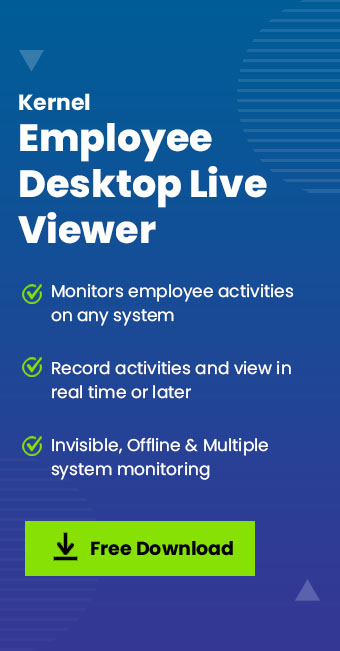Read time: 4 minutes
Nowadays, almost all facets of life have switched to the online mode but shifting from office work to remote work was considered one of the biggest changes. The advancement in online communication and collaboration tools made remote work more common for industries. Many organizations have already settled into this routine, though the pandemic time seems to have gone. According to the research, the number of employees performing remote work in the USA has more than doubled in the last few years. There is widespread adoption of remote work in various industries as they save office management costs and enable access to the global talent pool. This practice is beneficial not only for employers but also for employees.
The employees get flexibility and a comfortable environment where they can balance their work life efficiently. As per the statistics, 83% of employers and 71% of employees consider remote work as a level of success. It shows that this trend will grow continuously in the future and define new standards for the industries. However this trend offers many benefits for employers and remote workers, but it also includes some challenges too. One such major challenge for the employer is to engage remote employees. As an employer, you want your associated team to be dedicated to your company. Since the remote teams are distant from the company premises, it will be a complicated task for employers to engage these teams. Consequently, they may lose their sense of belonging to the organization. As a senior leader in your organization, you really don’t want to happen things like this. To avoid this situation, we have shown several effective strategies which you can use to boost remote employee engagement.
Tips for engaging remote employees
You can follow these tips to engage the remote employees within the organization:
- Stay connected through technology
To connect with remote employees, various communication tools are used, such as Slack, Zoom, Asana, etc. These tools have become the essentials of the industries; you can share your files among the team members and schedule staff meetings or incorporate video calls using them. The strategic use of these technologies will help you engage your organization’s remote workers. - Create a robust onboarding process
Here, onboarding generally ensures the proper introduction of the company culture for remote employees. This process greatly impacts remote employee engagement as the research says that employees who experience great onboarding are 69% more likely to stay in the organization. - Show employees you care
To build a meaningful relationship with your remote employees, you should make the time to chat with them about their family, personal hobbies, health, etc. - Support your newest hires
The remote employees need extra support to perform their tasks as they are not present on your premises. Hence, support must be given to them through additional training, resources, etc. According to the research, 76% of new hires face more difficulty operating tasks than 85% of tenured employees. The reason is quite simple; they don’t get enough support from the organization’s side. - Offer a mix of remote and in-house work options
When the employees spend time in both these work options, they will get benefit from both. An employer may set the duration of remote work and in-house work by which they will get the opportunity to meet their team member and know the organization’s culture. According to the Gallup survey, employee engagement increased when the organization offered 3-4 days of remote work out of five days. - Recognize achievements
As an employer, you must recognize the work of remote employees and appreciate them. You can consider this as another cause for resigning from the organization because the study says that 66% of employees leave their job due to this reason. The organization should drive recognition programs and employee reward programs to engage remote employees in the organization. This practice also seems beneficial for building trust in teams and enhancing the performance of the teams. - Keep them in the know
While working on a team project, you need to collaborate with your teams to make the project successful. The in-house employees can easily collaborate with the teams as they are on the same premises, but how can remote employees do it? For this, we need to organize online events to connect with them. Regular communication with remote employees in every stage of the project will help them to execute the task well. - Use an employee monitoring tool
Also, the employer should use a tracking system to monitor remote employees. For this, you can use Employee Desktop Live Viewer, which can monitor remote employees and record their activities. By using this tool, you can monitor multiple systems simultaneously. In addition, it performs invisible monitoring and can shut down or restart the system in an emergency.
You can create a robust onboarding process by sending a welcome message to the new hires, conducting frequent check-ins, or demonstrating communication tools.
Conclusion
The trend of remote work in industries is likely to continue in the coming years. Hence, it is important to know how to engage remote employees in the organization. You can refer to this blog if you are providing remote work to the employees or planning to adopt this practice. It will definitely help to build a healthy and productive environment in the organization. This practice must be adopted with the latest technologies and innovative ways of engaging remote employees.







